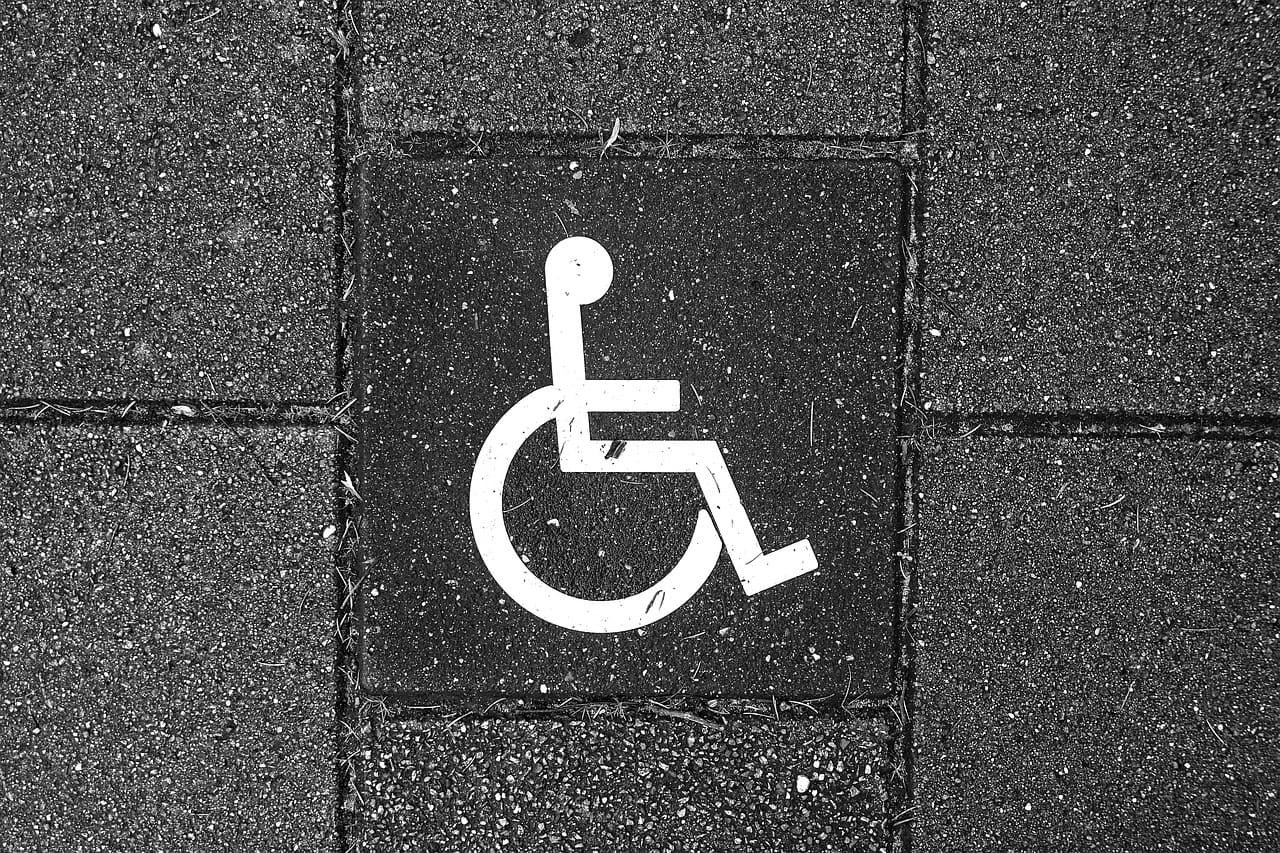In recent years, there has been a growing recognition of the importance of accessibility and inclusivity in various aspects of our society, including the design of public spaces. The focus on creating inclusive environments has become particularly crucial in the hospitality industry. Designing hotels, restaurants, and other hospitality spaces with accessibility not only caters to the needs of people with disabilities but also benefits a broader range of guests. This article will explore the significance of designing for accessibility in hospitality and the fundamental principles that can guide the creation of truly inclusive environments.

Understanding the Importance of Accessibility in Hospitality
Accessibility in hospitality refers to designing and providing facilities and services that accommodate individuals with diverse physical, sensory, and cognitive abilities. Such accommodations aim to ensure that all guests can fully participate in and enjoy the offerings of a hotel or restaurant without facing barriers or exclusion. The importance of accessibility in the hospitality industry goes beyond legal compliance; it is about embracing diversity, promoting social inclusion, and providing exceptional customer experiences. Through reputable hospitality design firms that create inclusive environments, hospitality businesses can tap into a larger market of potential customers and gain a competitive edge. According to the World Health Organization, approximately 15% of the world’s population lives with some form of disability, making it a substantial market segment that should not be overlooked.
Critical Principles for Designing Inclusive Hospitality Environments
1. Universal Design: Embracing Diversity from the Start
Universal design is a foundational principle that aims to create spaces, products, and services usable by people of all ages, sizes, abilities, and disabilities. By incorporating universal design principles into the initial planning stages of hospitality projects, designers can ensure that accessibility features are seamlessly integrated into the overall aesthetics and functionality of the space. Universal design often involves flexible and adaptable spaces that can be easily modified to meet the needs of different individuals.
2. Accessible Entrance and Circulation
A crucial aspect of designing an inclusive hospitality environment is providing accessible entrances and circulation paths. There should be barrier-free access to the main entrance of the building, including ramps or elevators for guests who use mobility aids. Wide corridors and clear paths should be maintained inside the space to allow easy navigation for wheelchair users and individuals with visual impairments.
3. Thoughtful Room Design and Layout
Hotel rooms should be designed with accessibility to ensure guests with disabilities have a comfortable and enjoyable stay. Features such as lower bed heights, grab bars in bathrooms, and accessible storage areas contribute to the overall usability of the space. Additionally, providing visual and tactile information options, such as Braille signage and large-print materials, enhances the experience for guests with visual impairments.
4. Inclusive Restroom Facilities
Restroom facilities must be designed to accommodate individuals with disabilities. This includes having accessible stalls with proper grab bars, ample space for wheelchair maneuverability, and sinks with adjustable heights. Installing baby-changing facilities in accessible and non-accessible restrooms is another way to demonstrate inclusivity, catering to the needs of all visitors.
5. Assistive Technologies and Communication Aids
Incorporating assistive technologies and communication aids in hospitality spaces can significantly improve the experience for guests with hearing, vision, or cognitive impairments. Examples include:
- Hearing loop systems in public areas.
- Visual alarms for emergency notifications.
- Assistive listening devices for events and gatherings.
In the digital age, accessibility extends beyond physical spaces to the online realm. Hospitality businesses should prioritize making their websites and digital content accessible to all users. This includes using alt-text for images, providing closed captions for videos, and ensuring that the website is navigable using keyboard inputs for individuals who cannot use a mouse.
6. Training and Sensitization of Staff
Creating an inclusive hospitality environment is not solely reliant on physical design; the attitudes and actions of staff members are equally important. Providing comprehensive training to staff on disability awareness, etiquette, and best practices for assisting guests with disabilities ensures that all guests feel welcome and respected. To continuously improve and refine accessibility features, regular audits and feedback mechanisms should be in place. Seeking input from guests with disabilities and incorporating their suggestions into future renovations or updates demonstrates a commitment to ongoing inclusivity and accessibility.

Designing for accessibility in hospitality is a moral obligation and a strategic decision that can lead to increased business success. By adopting universal design principles, creating accessible entrances and circulation paths, designing thoughtful hotel rooms, and incorporating assistive technologies, the hospitality industry can create spaces that cater to the needs of all guests. Additionally, training staff to provide exceptional service and ensuring website accessibility demonstrates a commitment to inclusivity. As the world becomes more conscious of the importance of accessibility, hospitality businesses that embrace and prioritize inclusive design will undoubtedly thrive in a competitive market while fostering a sense of belonging and comfort for all guests.

